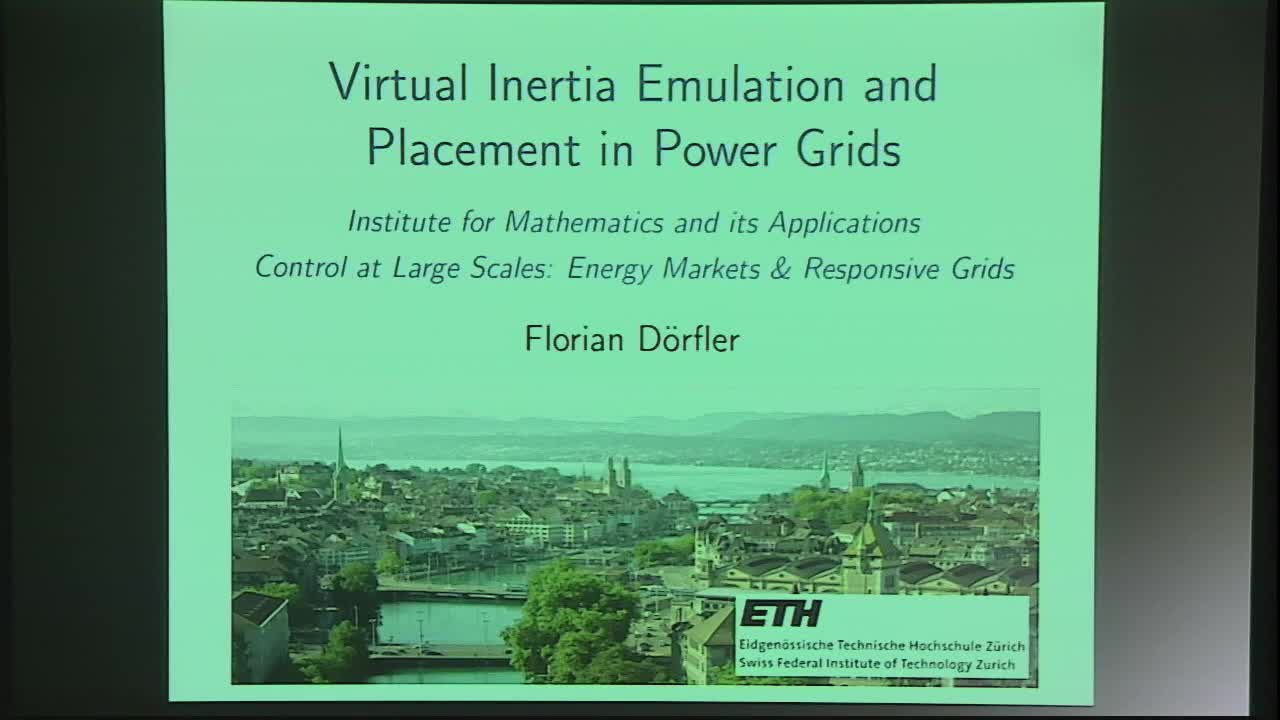Abstract
A major transition in the operation of electric power grids is the replacement of bulk generation based on synchronous machines by distributed generation based on low-inertia power electronic sources. The accompanying “loss of rotational inertia” and the fluctuations by renewable sources jeopardize the system stability, as testified by the ever-growing number of frequency incidents. As a remedy, numerous studies demonstrate how virtual inertia can be emulated through various devices, but few of them address the question of “where” to place this inertia. It is however strongly believed that the placement of virtual inertia hugely impacts system efficiency, as demonstrated by recent case studies. We carry out a comprehensive analysis in an attempt to address the optimal inertia placement problem, considering a linear network-reduced power system model along with an H2 performance metric accounting for the network coherency. The optimal inertia placement problem turns out to be non-convex, yet we provide a set of closed-form global optimality results for particular problem instances as well as a computational approach resulting in locally optimal solutions. We illustrate our results with a three-region power grid case study and compare our locally optimal solution with different placement heuristics in terms of different performance metrics.
